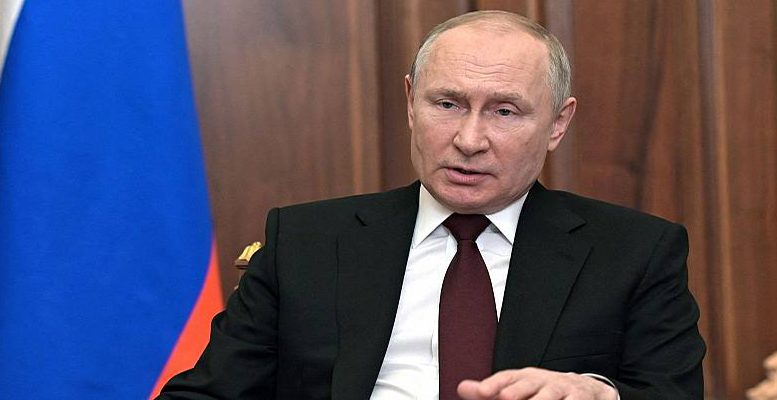Crédito y Caución (Atradius) | Owing to the war in Ukraine and sanctions on Russia, Eastern Europe is likely to see a 0.6% contraction of GDP in 2022, followed by 1.1% growth in 2023. We forecast that the economy of Russia will contract by 8.0% in 2022, followed by another 2.8% decline in 2023. Sanctions deprive Russia of much-needed industrial components. On the other hand, Russia still exports large quantities of energy, despite Western sanctions.
Directly after the war in Ukraine broke out, the rouble depreciated strongly (it lost almost 45% of its value against the USD at its lowest point). Thanks to capital controls and a high surplus on the current account, however, the rouble regained all of its lost value and is now trading at levels above where it was just before the Russian invasion. Capital controls include mandatory FX sales by companies, limited FX convertibility, and a freeze on foreign investments that prevents liquidation of these investments. The current account surplus rose to USD 110.3 billion in May 2022, up 244% from May 2021, presumably due to high revenues from energy exports and import contraction. We forecast the current account surplus to be 13.8% of GDP in 2022, up from 6.9% in 2021.
There is double digit inflation in Russia (17.1% in May 2022), causing real wages to contract sharply. We may expect inflation to come down somewhat given that the rouble is strengthening. Retail sales fell by almost 10% year-on-year in April, pointing to a sharp contraction of consumption this year. The labour market is holding up quite well, with unemployment at 4.0% in April, probably reflecting inertia on the job market. Job losses as Western firms exit will take some time to manifest in the official statistics, as many of these firms are keeping Russian staff on their payroll. We forecast higher unemployment in the coming months, with an average unemployment rate of 7.6% in 2022, up from 4.8% last year.
Fixed investment will likely show a strong decline in 2022. Western bans on exports of technologies, electronic chips, and other components to Russia will also hamper growth in the medium and long term. The oil and gas sector, which is already cutting production, is poised to curb its investment due to the sanctions and diversification away from Russian hydrocarbons. The government is following a loose fiscal policy to help mitigate the impact of the sanctions on the economy. High hydrocarbon prices have translated into a windfall for the budget. The government is planning to channel all extra hydrocarbon revenues towards growth support. President Putin already announced a 10% hike in minimum wages and pensions, which will cost the budget an equivalent of 0.4% of GDP in 2022 and 0.7% of GDP in 2023 in additional expenditure.





